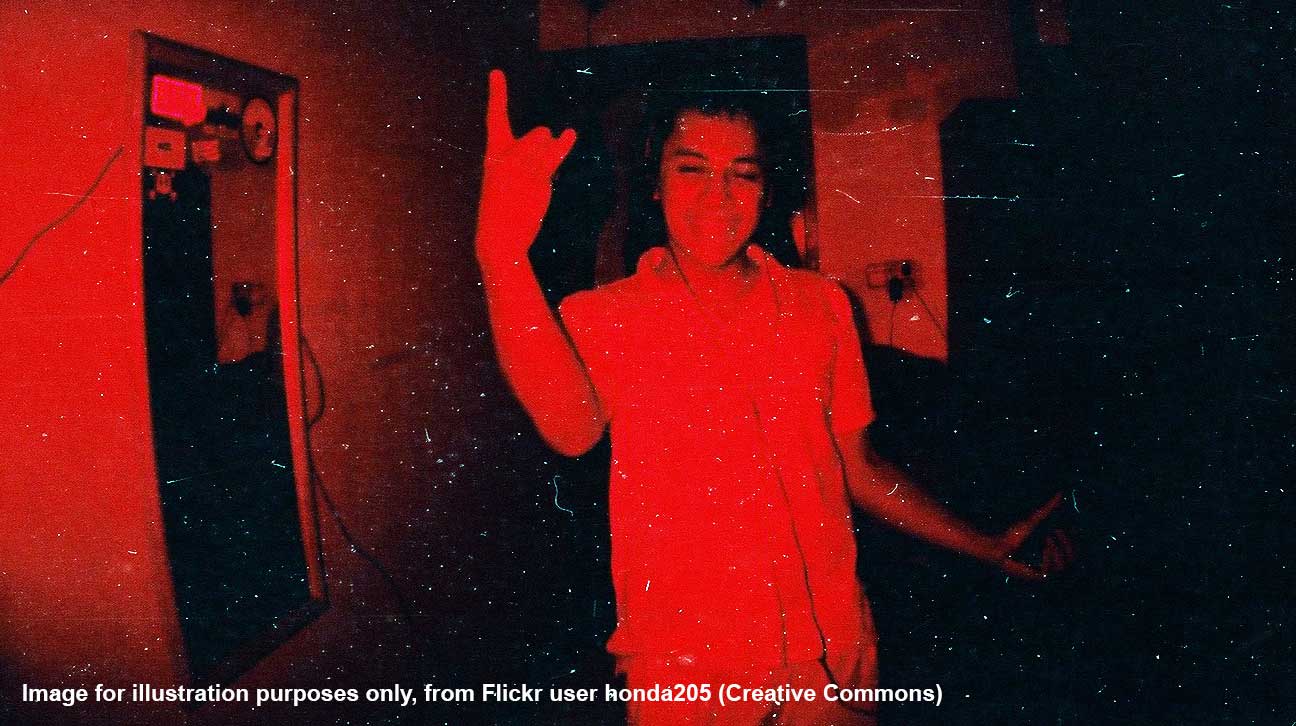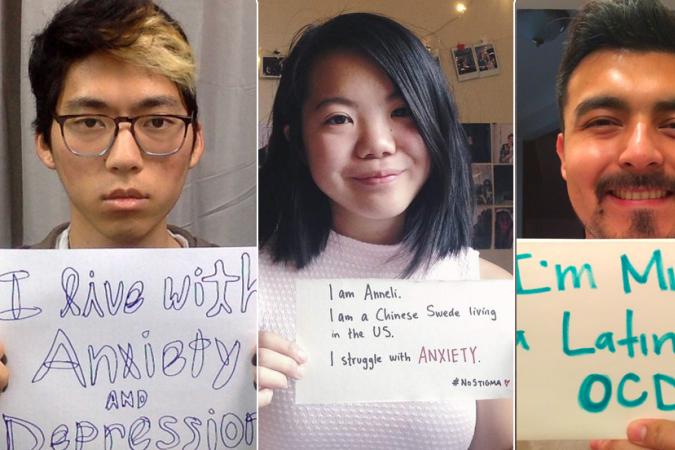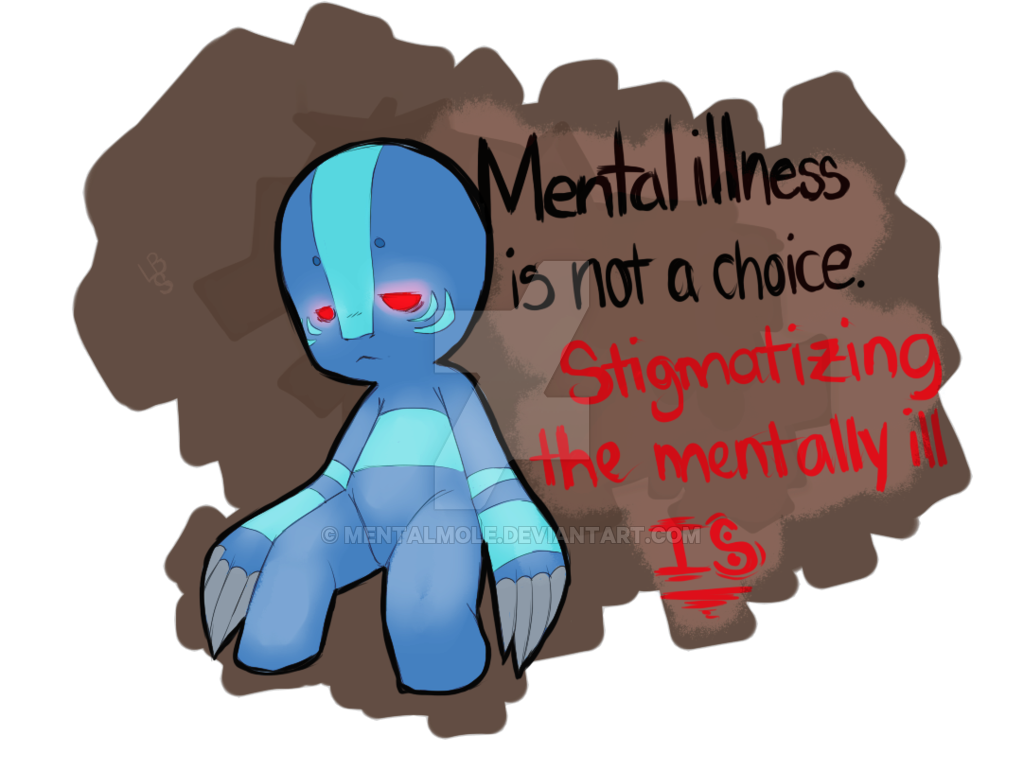How can Msians be ‘certified GILA’ to avoid being sent to jail?

- 988Shares
- Facebook823
- Twitter18
- LinkedIn1
- Email50
- WhatsApp96
There are a few ways you can get away with crime in Malaysia: You can actually submit enough evidence to be declared innocent, you can be prime minister in a position of power that allows you to use your influence to get yourself out of trouble (pleasedon’tseditionus) or you can be declared legally insane.
While none of them are particularly easy to get away with (unless you are actually innocent or…ahem…have enough of that power we mentioned), it’s the third option that’s most intriguing. In fact, just last year, Norazman Mohamad was acquitted of the murder of his 7-year-old daughter – and the attempted murder of two other little girls – by reasons of insanity.
But… what’s the actual law? Nah, here’s section 84 of the penal code, which states:
‘Nothing is an offence which is done by a person who, at the time of doing it, by reason of unsoundness of mind, is incapable of knowing the nature of the act, or that he is doing what is either wrong or contrary to law.’
Basically, what that means is you can’t be convicted of a crime if your legal team can prove that, because of your mental state, you couldn’t possible know at the time that you were doing something wrong. If you’re interested, here is an excellent, easy-to-read primer on the law, coincidentally written by Cilisos’ very own ponytailed lawyer friend, or if you’re very rajin you can read the penal code itself here (the relevant bit is on page 51).
So exactly who gets to decide who is actually insane and who isn’t? How does the whole thing even work? Because we’re very kepoh people, we went to find out for you!
“Ok ok… so how do people get certified ‘LEGALLY INSANE’?”
CILISOS spoke to two forensic psychiatrists: Director of Hospital Bahagia at Tanjung Rambutan, Perak Dr Hajjah Rabai’ah Mohd Salleh, or Dr Ruby as she is widely-known, and Director of Hospital Permai at Tampoi, Johor Dr Abdul Kadir Abu Bakar.
These just happen to be the two largest federal mental institutions in Malaysia, and it’s where detainees suspected of mental instability are sent for assessments before trial.


Side note before you pening: Forensic psychiatrists are the fellas in charge of determining whether people suspected of committing crimes are legally insane or not. There are very few forensic psychiatrists in Malaysia. Actually, there are very few psychiatrists in general – only about 300 throughout the whole country.
“Psychiatry is the last resort in medicine, and forensic psychiatry is the last resort in psychiatry. People don’t necessarily want to work with both the mad and the bad.” – Dr Ruby
STEP ONE: So you’ve committed your crime – now what?

Well, if you exhibit behaviour that makes officials think something may be wrong and you need further assessment, you’re sent to one of the four federal mental institutions: Hospital Bahagia; Hospital Permai; Hospital Sentosa in Kuching, Sarawak; and Hospital Mesra in Kota Kinabalu, Sabah. (Hospital Bahagia is by far the biggest, and they get anywhere from 25-35 male convicts sent to them in a given month, as opposed to only between 2-5 females.)
Here, you’ll be going through a bunch of assessments to see if you are actually insane or not – or in other words, if you knew at the time you were committing the crime whether or not you were doing something wrong lor.
STEP TWO: Take some tests!

Getting declared insane isn’t something to take lightly, which means the assessments you go through are extensive and designed to take into account all possible scenarios. “When a court sends someone to us for assessment of mental history, we take their full clinical and background history, perform physical and mental state examinations, perform investigative procedures like x-rays, brain scans, psychological tests, home visits, get corroborative information, and conduct a 24-hour observation,” explains Dr Kadir.
Unfortunately, sometimes the courts send convicts over to Hospital Bahagia with only one or two lines to explain what they’ve done wrong, which is fine for more obvious crimes like robbery or grievous bodily harm. But it makes things harder for other crimes.
When CILISOS paid Dr Ruby a visit, there was Bridget, a Ugandan woman who was just sent to the Hospital with a note saying she entered the country illegally. “Then why here? Why not jail? Why not immigration?” says Dr Ruby. “Now we’ll have to go back and forth with the court until we finally figure out what drove them to send her here to me.”
STEP THREE: Can go court or not?

Once those tests all kao dim already, then comes crunch time: deciding whether or not the accused can go to court.
“My report has to answer three main questions: One, does the patient have a mental illness? Two, if yes, what is the association between the crime and the disorder, if any? And three, if there is an association, is the patient fit to plead?” Dr Ruby explains. To be fit to plead, a patient has to show that she understands the charges against her, that she is able to follow court proceedings and understand the evidence presented, that she can instruct her legal advisors and challenge the jurors.
If you’re unfit to plead for a minor offence and not at risk of causing any harm to yourself or people around you, you’re usually allowed to go home to your family. But when it comes to patients accused of major crimes – usually the ones for which posting bail is not possible, like murder – well, they’re sent back to the hospital to be stabilised, until they are found fit to plead.
This can take months; suspects awaiting trial are detained at these hospitals for at least one month, but if they take a while to stabilise, it can actually be up to three months, or even more, before they make it to court.
Take Ain* (not her real name) for example. On the day CILISOS went to visit Hospital Bahagia, Ain, a patient in the female forensic ward, had spent lunchtime in hysterics, refusing to eat. She wouldn’t answer to her own name – she said her name was Bunga, and that Ain wasn’t there anymore. Ain stands accused of convincing her brother to help her in the murder of their elderly mother. Convinced that she was filled with evil spirits, they took it upon themselves to beat the demons out of her. Ain maintains that Bunga made her do it.
There were five names on the whiteboard at the ward’s nurses station marked “Unfit to plead” that day, and Ain was one of them.
STEP FOUR: After trial then how?

If the court says you’re not guilty, you’re free to go – usually into the care of family, who can help you get back on your feet. If you’re found guilty of the crime, you’re sent back to the hospital to be treated and serve out your time there.
Depending on the nature of your crime, how stable you are, and whether or not you’re a risk to yourself and others, you’ll either be put in a high or medium security ward. High security wards are very much more regulated, but in medium security wards, the goal is to transition you back into the real world – which means getting a taste of steady employment and the opportunity to earn some money, either by growing crops to sell, cooking in the canteen, or even working for local farmers around the area.
“This lady was accused of murdering her mother. She could weave these lovely mats, and so we bought her the materials and helped her sell off the finished products at local markets. She kept the money she made, minus whatever we spent on materials. She left us long ago, to go back home.” – Dr Ruby
Discharge for forensic patients can happen one of two ways: through an application by a relative or friend willing to take the patient into their care and custody, or through the judgment of forensic psychiatrist in charge. “If I feel the patient is okay and fit to re-enter the outside world, I can get her discharged,” Dr Ruby adds.
“Are there people who PRETEND to be insane so they can avoid jail time?”

Of course lah got. If you’re about to face a long, hard prison sentence, our guess is some may be desperate enough to try anything. But they don’t usually get away with it.
“We spot malingerers very easily. It’s hard to keep up their pretences for too long, and we are too experienced to let it go unnoticed.” – Dr Kadir
There are times, of course, that things can go…well, not according to plan. Psychiatrist Dr Philip George, who used to work at Hospital Bahagia, remembers a case where a patient was trying to get out of going to jail. “He was a rapist, you see, and if he got sent to prison he wouldn’t have had a very good time. It’s a standard thing – rapists get raped,” Dr Philip said.
Knowing this, the patient decided to fake symptoms of schizophrenia in order to be sent to the hospital. But of course lah he couldn’t fool the experts for long. “So he had nothing to lose and actually turned violent,” says Dr Philip. “He took a tube light from the bathroom, and broke off some window panes, and armed himself. In the end it turned into a face-off where we had to call in the police. He stabbed a policeman, who had to have ten stitches, and he stabbed one of my staff, who had to have twelve stitches.”
“Eh mental illness is damn scary weh!”

Well, it is, but not for the reasons we mentioned here. Mental illness is a serious issue here in Malaysia; according to our National Health and Morbidity Survey (last compiled in 2011):
- 1.7 per cent (0.3 million) of adults have Generalised Anxiety Disorders;
- 1.8 per cent (0.3 million) are depressed;
- 1.7 per cent (0.3 million) have thoughts of suicide;
- 1.1 per cent (0.2 million) reported to have attempted suicide in the past;
- 20 per cent (1.0 million) of children between 5-16 have mental health problems.
Yet, even though the vast majority of those who live with disorders like schizophrenia, bipolar disorder, anxiety or depression are high-functioning, productive members of society just like you or me, we tend to overlook them and see only those who do the sensational, violent, aggressive stuff – because that’s the stuff that makes it into the papers. So instead of being understanding towards those who live with these diseases, we shy away from talking about it, we call them ‘gila,’ and we laugh or cringe at their seemingly erratic antics.
The truth is, if we had better facilities in place to help those with mental illness receive the treatment they need before things get out of hand, and if we could look past our own stigma and stereotypes so that people would actually be comfortable getting that help, the insanity defence wouldn’t even be necessary.
It’s 2016, people. We should know better.

—
These are just some of the tales you’ll find in GILA, a new book that explores the mental health landscape in Malaysia through the personal stories of those living with schizophrenia, bipolar disorder, anxiety and depression, as well as those who love, care for, work with and advocate for them. GILA will be launched this May 14th, 2016. Find out more at https://www.facebook.com/events/591685614340289/.
- 988Shares
- Facebook823
- Twitter18
- LinkedIn1
- Email50
- WhatsApp96
